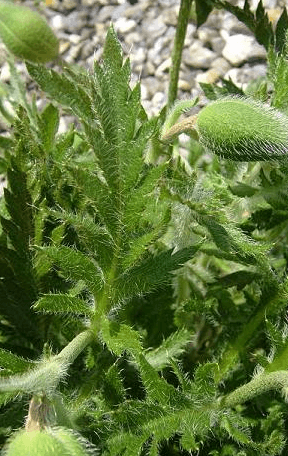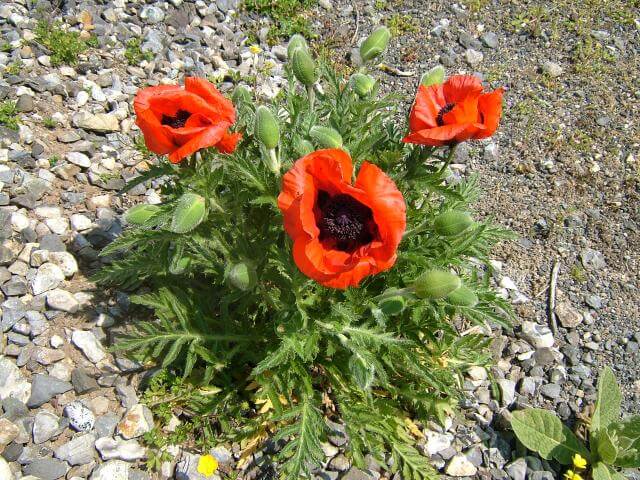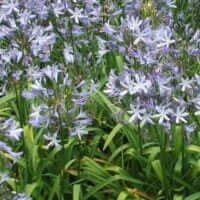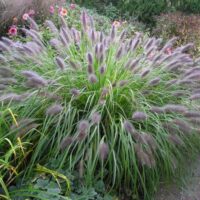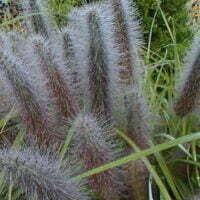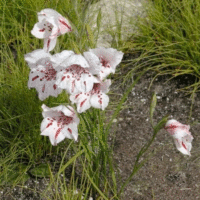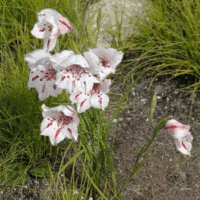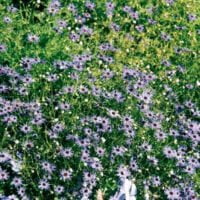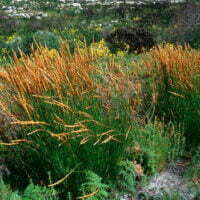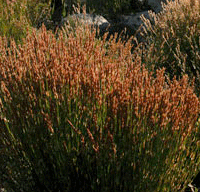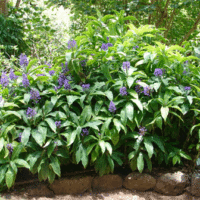| Botanical name | Papaver orientale |
|---|---|
| Plant Care |  Full Sun Full Sun – Prefers 6 or more hours of sun per day.  Half Sun Half Sun – Prefers 3 To 6 Hours of Sunlight a Day.  Moderate Watering Moderate Watering – Requires Regular Watering.  Non Indigenous Non Indigenous – Exotic to South Africa. |
| Size | |
| Categories | |
| Flowers | The flowers are cup-shaped and in shades of red, orange and pink. |
| Common name(s) | Oriental poppy |
| Origin | |
| Foliage | This plant forms a strudy clump of bristly, pinnate, often blue-green foliage. |
| Drought tolerance | Medium |
| Planting instructions | Plant in full sun or partial shade in any well-drained soil. |
| Soil conditions | Well drained |
| Uses | Uses:: Cullinary: Medicinal: Cultural: Commercial: ornamental plant Cosmetics: Other Uses: Part Used: Attracts: Features: |
| Propagation | Propagate by seed or root cuttings. |
| Possible problems | Foliage begins to die back after blooming. |
Papaver orientale (Oriental poppy)
- Botanical name: Papaver orientale
- Common name(s): Oriental poppy
- Categories: Ground Covers and Perennials
Plant description:
This plant forms a strudy clump of bristly, pinnate, often blue-green foliage. The flowers are cup-shaped and in shades of red, orange and pink. Plant in full sun or partial shade in any well-drained soil.
Family: Papaveraceae
Botanical Pronunciation: puh-PAY-vur ore-ee-un-TAY-lee
Papaver orientale requirements and features
info on these icons
Moderate Maintenance
Requires moderate maintenance.
Prohibited Use Notice: No Data Scraping Allowed Except for Search Engine Indexing:
The content provided on PlantInfo.co.za is intended for personal, non-commercial use only. Unauthorized extraction, reproduction, or use of the data, including scraping, for any purpose other than search engine indexing is strictly prohibited. Violations of these terms may result in legal action. By accessing and using this website, you agree to comply with these conditions and acknowledge the legal restrictions on the use of our content.
The flowers are cup-shaped and in shades of red, orange and pink.
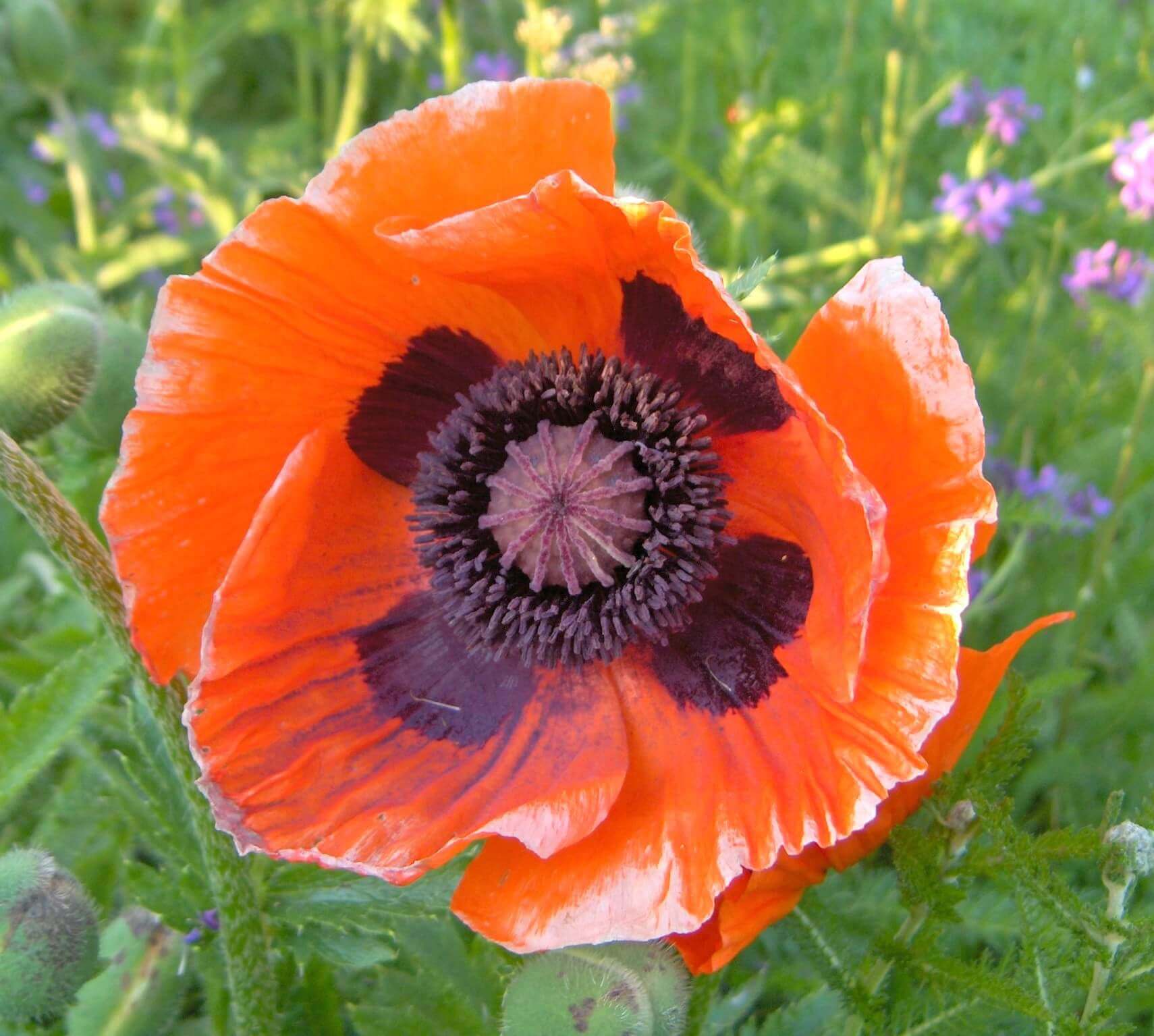
This plant forms a strudy clump of bristly, pinnate, often blue-green foliage.
